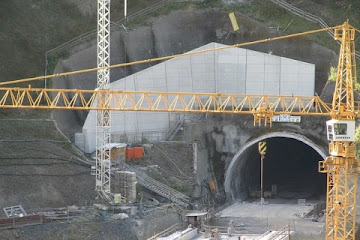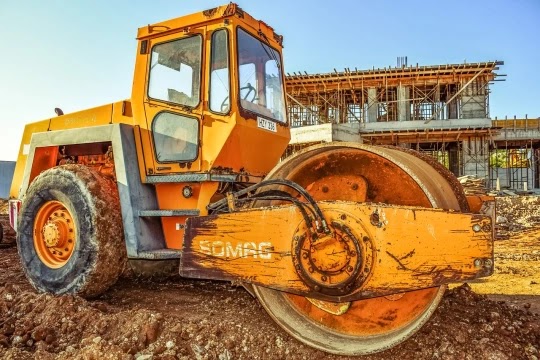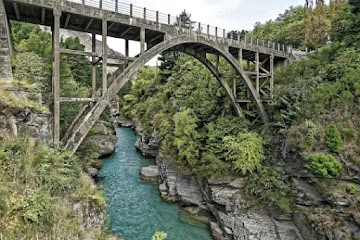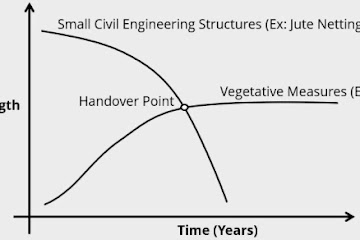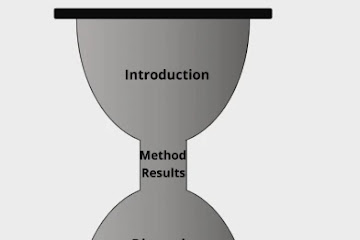
What is Highway Alignment?
The process of establishing the centerline of a road is called highway alignment or Road alignment. It the direction through which the highway will pass. Highway alignment can be divided into two parts as Horizontal Alignment & Vertical Alignment. The horizontal alignment is seen in the plan of the road & it consists of the straight path, horizontal curves, etc. The vertical alignment is observed in the longitudinal profile of the road & it contains verticle curves, gradients, etc.
What are the Requirements of Highway Alignment?
An ideal highway alignment may fulfill the following criteria:
- Short: The route between any two points should be the shortest route.
- Safety: The alignment should satisfy the safety requirements.
- Comfort: The alignment should have easy curves & gradients.
- Economy: The cost of construction should be economic.
What are the Factors Controlling Highway Alignment?
There are various factors to be considered while selecting a road alignment. Additionally, there are some special considerations to be followed while selecting
alignments in hill roads. In general, the following factors are to be considered while choosing a highway alignment.
1. Government Plannings
Since a road project involves heavy investments, it should comply with government requirements & planning.
2. Obligatory Points
Obligatory points are the governing points that control the highway alignment. These can be classified into two types viz. the points thorough which alignment should always pass (or positive obligatory points) & the points through which the alignment should never pass (or negative obligatory points). Ex: Highway alignment should always pass through the bridge site. In the case of mountains in the alignment, there may be options either to go round the hill or to construct a tunnel. Moreover, the highway alignment should never pass through the National Parks, Conservation Areas, Protected Areas, dense forest, costly agricultural lands, etc. In the case of an intermediate town, the highway alignment may get deviated slightly in order to connect the town.
3. Traffic Flow Pattern
The traffic flow pattern can be known from the origin & destination study (O&D Study). The lines are drawn in the data obtained from the origin & destination study & then, proper alignment is fixed.
4. Geometric Design
The road alignment is also affected by the geometric design. The horizontal curves, vertical curves, gradients, sight distance, etc should meet the requirements of geometric design standards.
5. Monotony
Due to very long straight paths in flat terrain, the driver may become monotonous & this may lead to accidents. Thus, small horizontal curves should be provided in suitable intervals to avoid monotony.
6. Economy
The alignment should be selected in such a way that the construction cost, maintenance cost & operation cost of the road is minimum. Excessive cuttings & fillings, the necessity of complex structures, etc should be avoided.
7. Railway Crossings
A highway alignment should cross the railway alignment preferably at a right angle.


